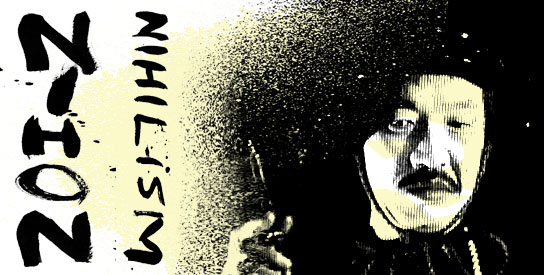 My partner, Taeno, and I have now made custom subtitles for two Japanese films – Muzan-E (the subs can’t be found on Mondo Exploito, as I was asked to take them down by Unearthed Films) and now Boko climax! – or Rape Climax by its lurid Western title (the Japanese title translates to “assault”, rather than “rape” specifically); a film by pinku legend, Hisayasu Satō. Here are the custom subtitles, timed to the Japanese VHS release:
My partner, Taeno, and I have now made custom subtitles for two Japanese films – Muzan-E (the subs can’t be found on Mondo Exploito, as I was asked to take them down by Unearthed Films) and now Boko climax! – or Rape Climax by its lurid Western title (the Japanese title translates to “assault”, rather than “rape” specifically); a film by pinku legend, Hisayasu Satō. Here are the custom subtitles, timed to the Japanese VHS release:
Rape Climax.srt
And now, on with the review…
RAPE CLIMAX
original title: Boko climax!
Japan, 1987, Hisayasu Satō
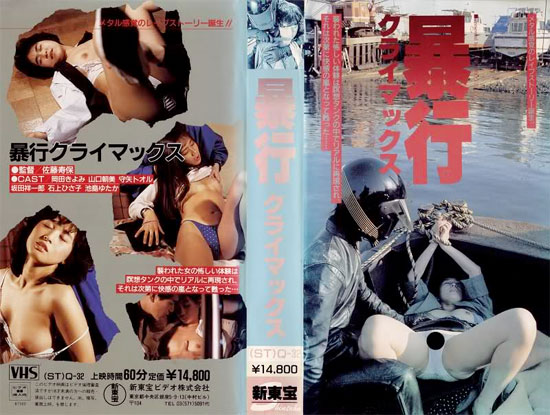
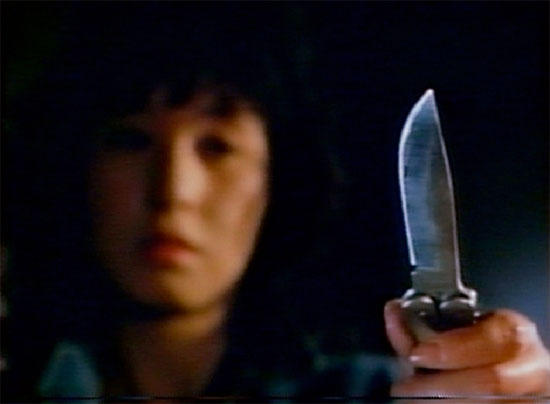
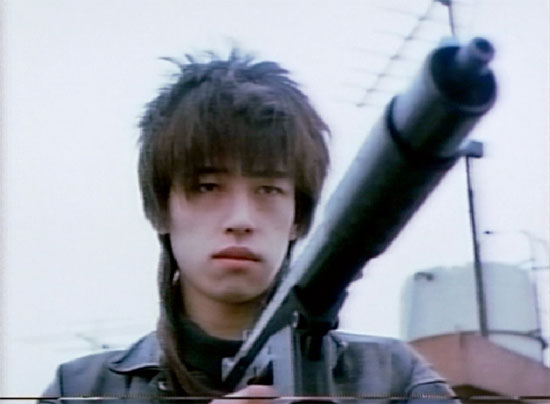
Satō tells quite a simple story with Rape Climax, but the film’s dry presentation and splintered structuring make for an immersing viewing. The film’s dialogue is written sparsely, only giving us just enough information to get by and forcing us to find the rest in the subtext between the lines and through the excellent cast. Similarly, scenes begin and end often without a solid conclusion or an obvious forward push of the narrative. This withholding of information and wandering screenplay create an odd mood and an atmosphere that floats between grim realism and hallucinatory dreaminess. The script is perfectly delivered by the film’s cast whose lines are almost always devoid of any sort of emotion. Even the film’s most upbeat character has a monotony to her performance, especially since much of what she says has no meaning, at least on paper.
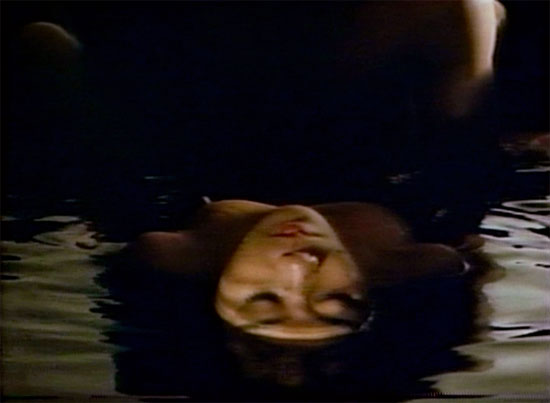
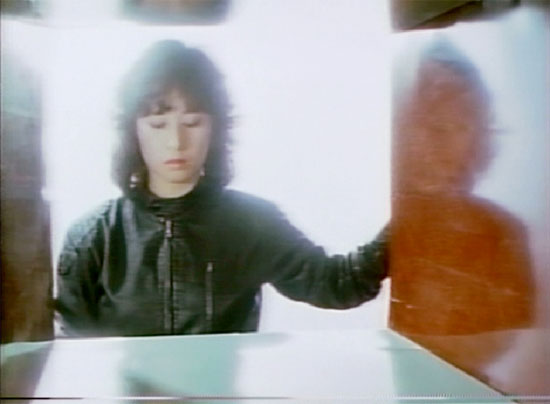
Rape Climax looks great, and that’s surprising considering its non-existent budget and the fact that it was probably shot in only a few days. To think that Satō would have most likely have spent about one tenth of the time on this than your usual mainstream and higher budgeted film is impressive to say the least. Satō has an eye for interesting shots – well-composed frames that suit the film’s themes and dreariness. Rape Climax is a bleak affair and Satō knows exactly how to drive this home. This conversation in a junkyard I found particularly effective with its fantastic sound design and perfectly timed camera zoom as an airplane enters the shot; simple but quietly brilliant:
I’m not sure how Rape Climax weighs up against Hisayasu Satō’s other work, as I’m really only just getting started with him. But I can happily recommend this to anyone interested in Japanese cinema – pink or otherwise. Although with some fairly rough content (there’s much worse out there), Rape Climax obviously won’t be everyone’s cup of tea. Still, I’d suggest not ignoring this one simply because of its obnoxious title. There’s a lot to appreciate here.





1 comment
Naked Blood: Megyaku (1996) | MONDO EXPLOITO says:
Nov 9, 2012
[…] • 11:26 am No Comments My last Nihon Nihilism post focused on Hisayasu Satō’s excellent Rape Climax, which left me gagging for more Satō. Satō – probably the most internationally […]